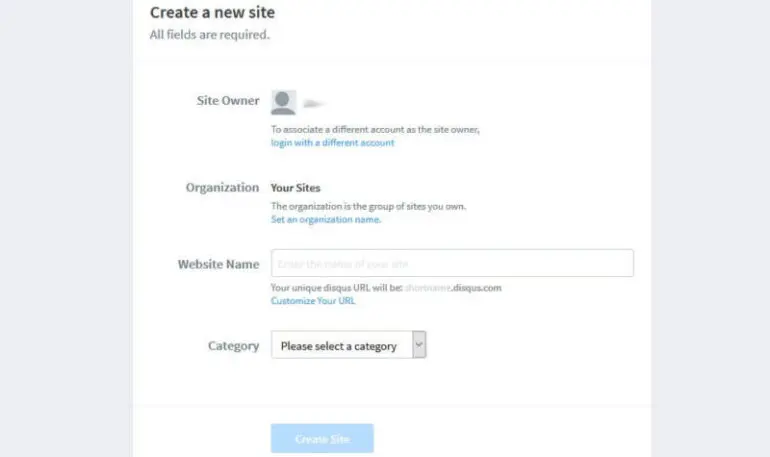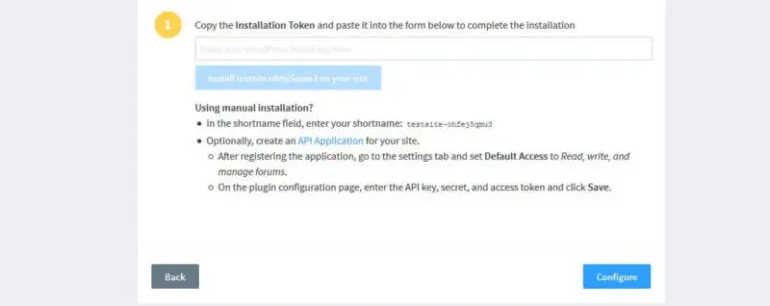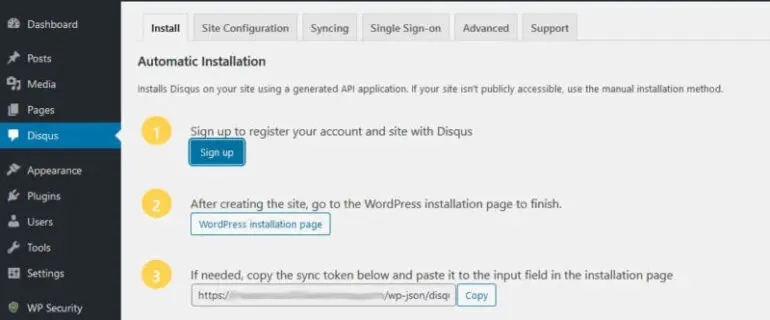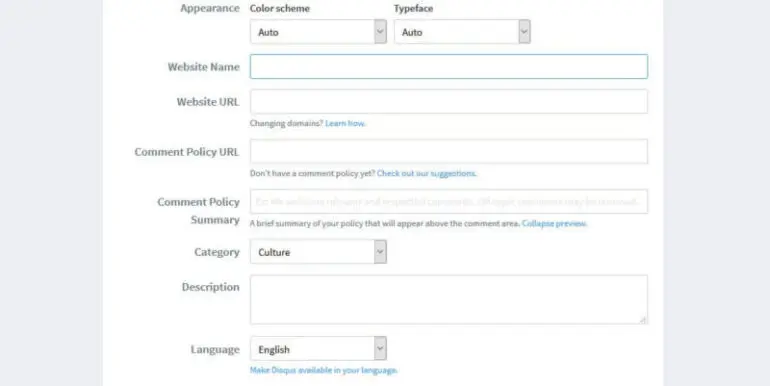
Disqus
Disqus: WordPress accompanies its own remarks framework. Be that as it may, utilizing it might mean you’re really passing up quality commitment. In case that is the situation, you may discover your site battles to construct an energetic local area that can hold guests and possibly drive traffic.
The Disqus remarking framework is one potential answer for this issue. It’s a vigorous expansion that conveys a scope of components while establishing an online media-like climate that could empower guest commitment on your webpage’s posts.
In this article, we’ll initially investigate the significance of having a remarks segment, and what Disqus is. Then, at that point, we’ll check out a portion of the benefits that accompany utilizing it. How about we begin!
The Importance of Having a Comments Section
You might have effectively used WordPress’ default remarks framework. It accompanies a scope of settings that let you oversee and channel who can remark on your posts. These choices can be significant since they can add an additional layer of security against oppressive analysts.
While such insurances are significant, especially against savages and spammers, a remarks area doesn’t need to be a harmful climate. Indeed, it very well may be a resource for your site.
By empowering remarks, you make your site more open to guests. All things considered, you’re giving individuals a stage to draw in with your substance, offer their viewpoints, and add to your site generally speaking through valuable input or inquiries.
Indeed, your skip rates could even improve. To be sure, dynamic analysts may likewise habitually get back to your webpage to compose more answers, or in any case connect with your site.
Over the long run, your remarks area can turn into a dynamic local area. Through it, you might attract more traffic, and better comprehend the needs and needs of your guests.
An Introduction to the Disqus Commenting System
Disqus is a well-known module for broadening the local remarks framework conveyed by WordPress. Indeed, it’s utilized by a large number of distributers across 191 nations:
- The Disqus landing page.
- Given those figures, it could open up your foundation to a more extensive crowd and conceivably energize more extensive commitment. Disqus’ center components include:
- An expert looking User Interface (UI)
- Computerized discovery of spam
- A responsive plan for cell phone support
- Broad web-based media incorporation
Far-reaching control usefulness, including the capacity to channel confined words
Examination apparatuses for distinguishing famous substances and assessing your degrees of commitment and income
With such elements available to you, you can foster a remarks framework that is great for your objectives. Disqus likewise accompanies its own adaptable plans, empowering you to pick one that is ideal for the size and needs of your site.
For sure, the Disqus valuing page itself notes which adaptation is best for you relying upon the quantity of day by day sees for your blog entries. Besides, Disqus offers a free form that holds the module’s center elements, though upheld by advertisements.
Instructions to Set Up the Disqus Commenting System for WordPress
Since you have a comprehension of how your WordPress site can profit from expanding your remarks framework, and the benefits that accompany Disqus, your subsequent stage is to set it up and arrange it.
Luckily, it’s ordinarily a smooth and fast cycle. To begin with, you’ll need to introduce the Disqus module. This should be possible either by downloading it as a .compress record and transferring it on the Plugins > Add New page, or you can utilize WordPress’ own module search component to discover it all things being equal:
Whenever you have actuated the module, it’s simply an issue of affirming whether you have a Disqus account and on the off chance that you’ve enrolled your site on it. If not, you’ll be provoked to go to the Disqus WordPress establishment page:

There, you’ll join, enter the name of your site, and pick a proper classification for it:

You’ll then, at that point, be approached to pick between a paid arrangement or the essential, free form and indicate which stage your site is on:

After that is done, your subsequent stage will be to associate Disqus with WordPress. To do as such, you’ll need to recover your establishment token:

This can be found at Disqus > Install on your WordPress site’s back end. There, you’ll see your sync token:

Reorder it to your Disqus account. After, it will take you to the design page. Here, you can change the shading plan and typeface for your remarks area, just as your site name and surprisingly a connection to your remarking strategy:

These settings can be surveyed and changed later on by means of the Disqus module itself if necessary. Since you’ve effectively set it up, you can get everything rolling on building and directing your remarks segment.
End Overview
A site that has a flourishing remarks segment can see a huge expansion in guest maintenance. By empowering discussions and criticism, you can likewise construct significant associations with those utilizing your site.
To arrive, you’ll probably require a far-reaching remarking framework. With Disqus, you can direct successfully, shield your site from spam, and encourage guests to be dynamic and locked in. The best part is that these components come bundled in a module that conveys a climate similar to web-based media.

